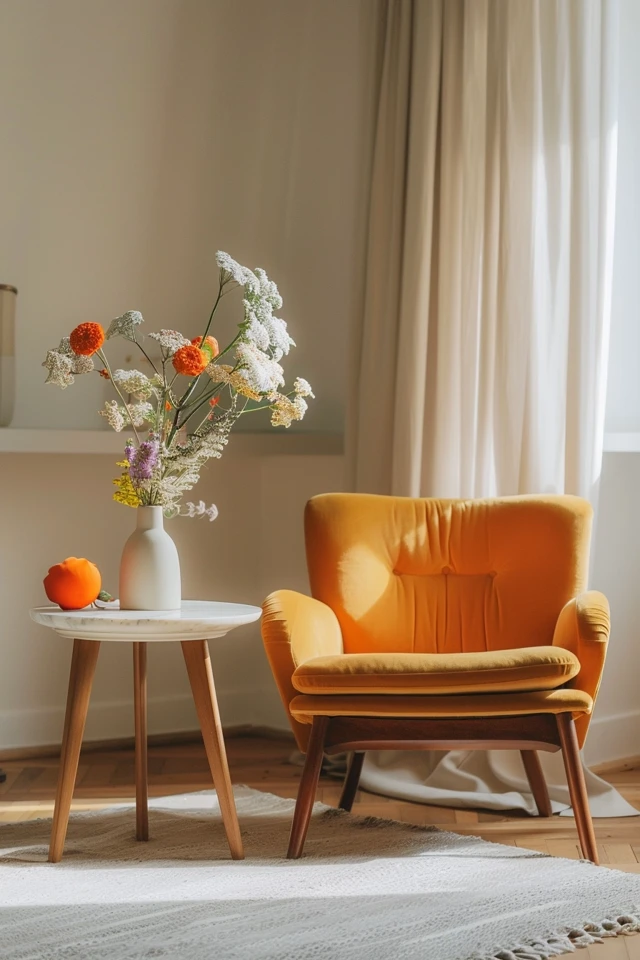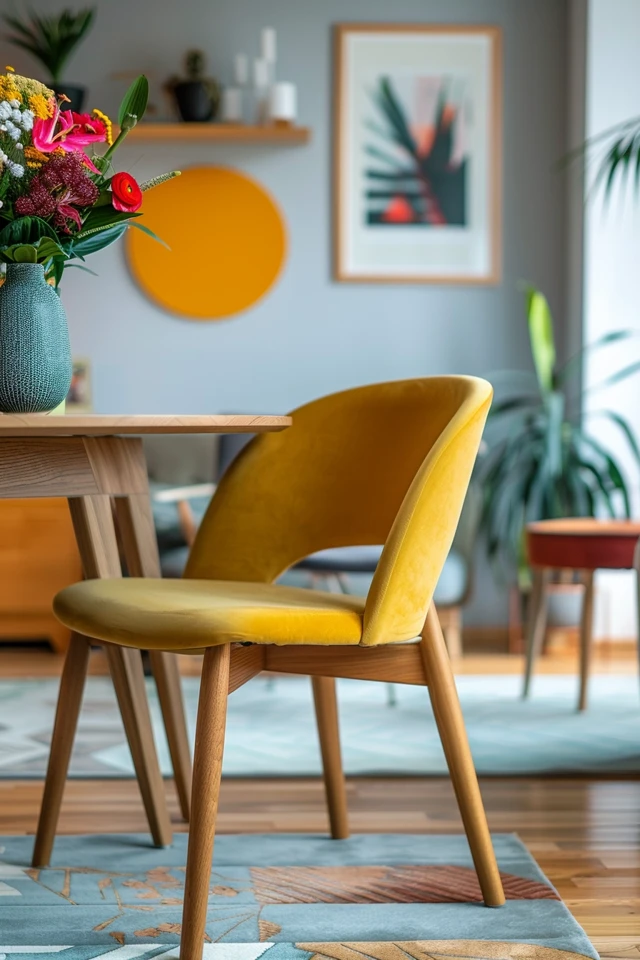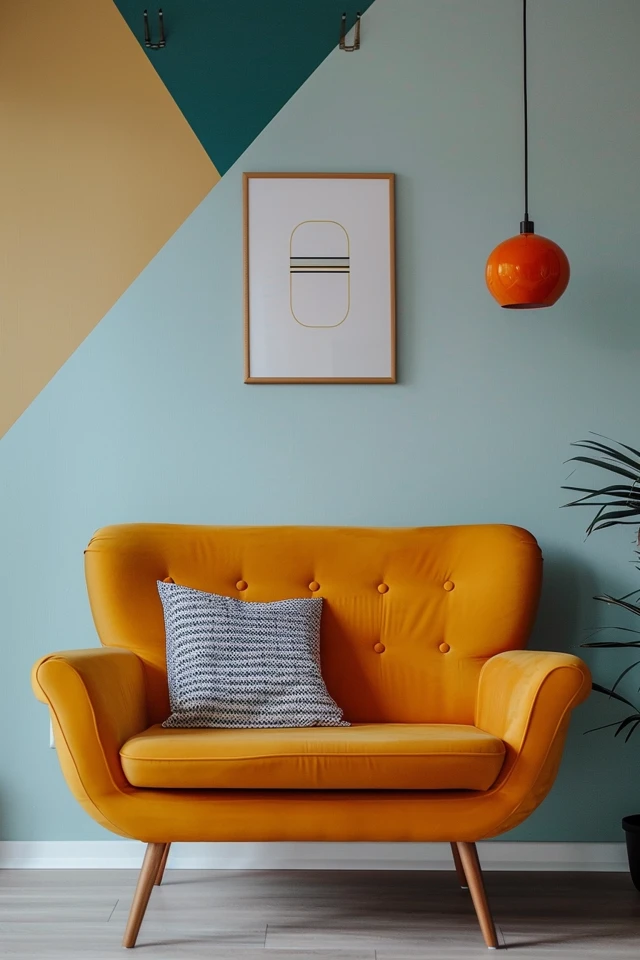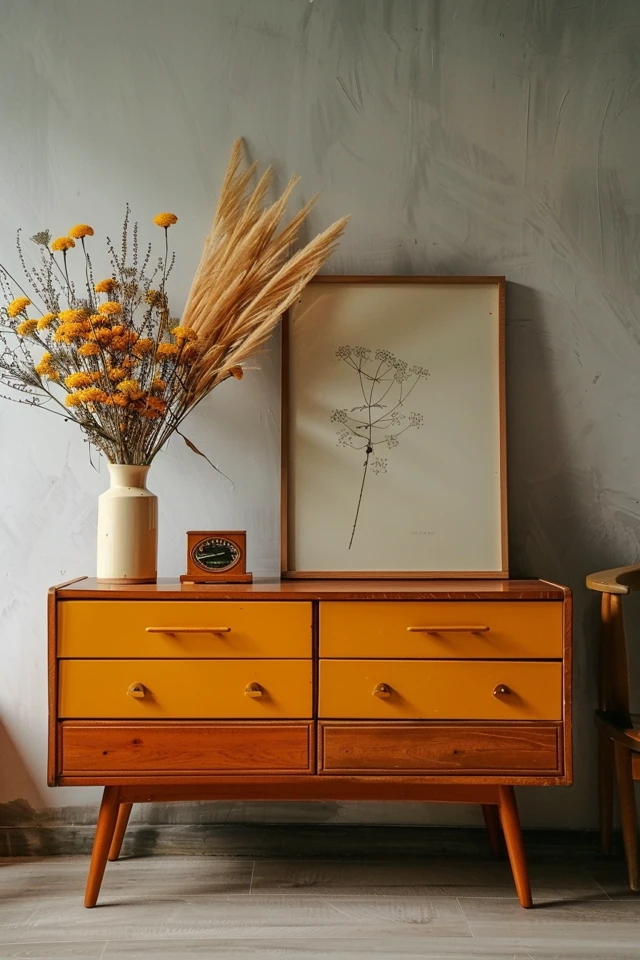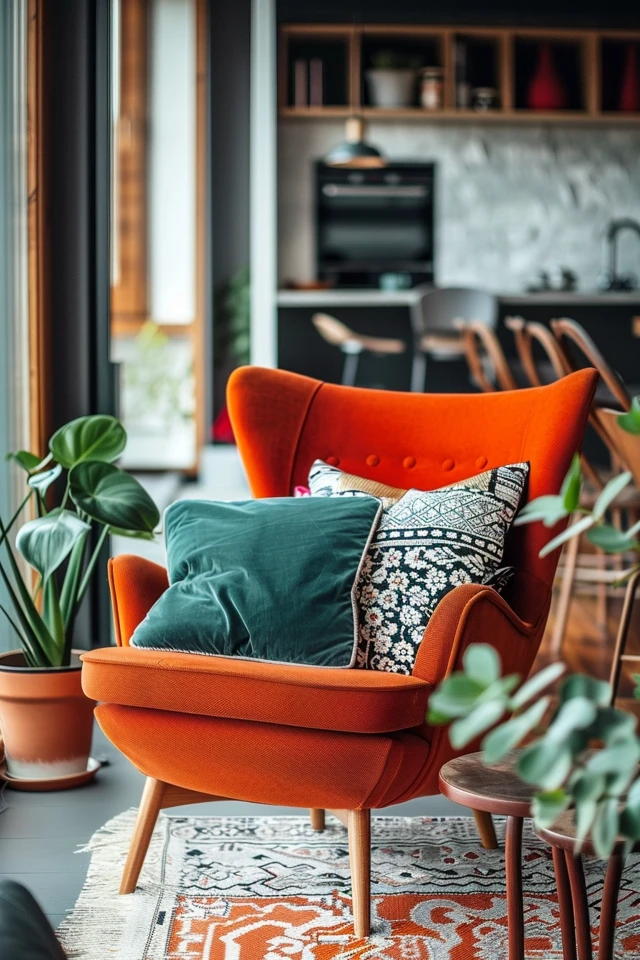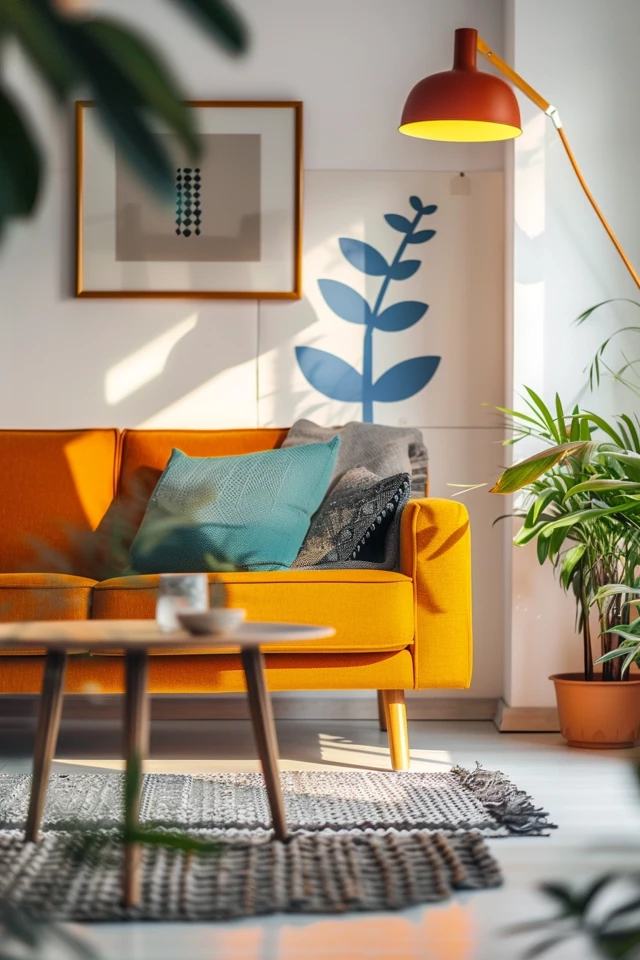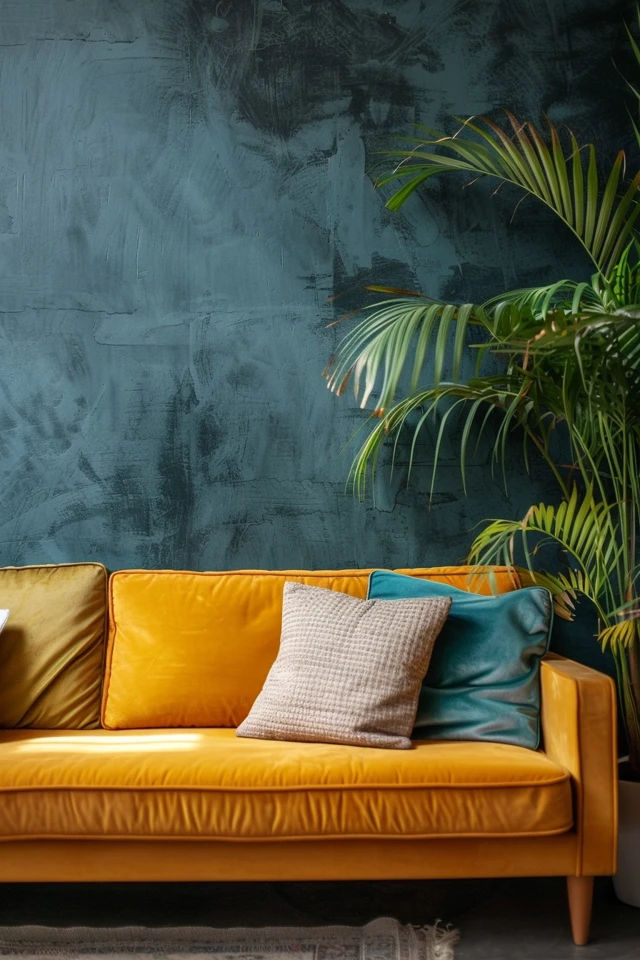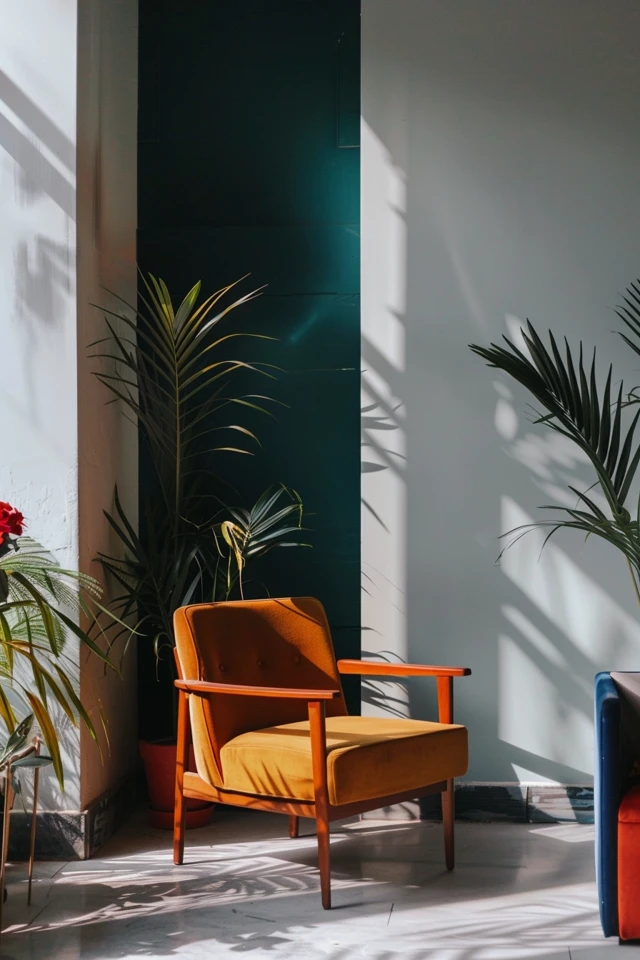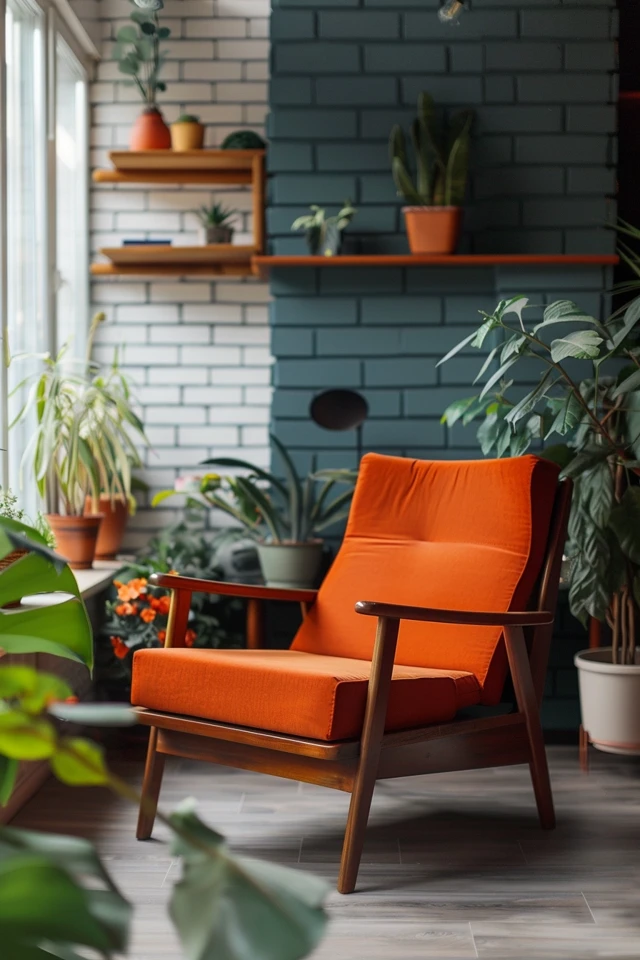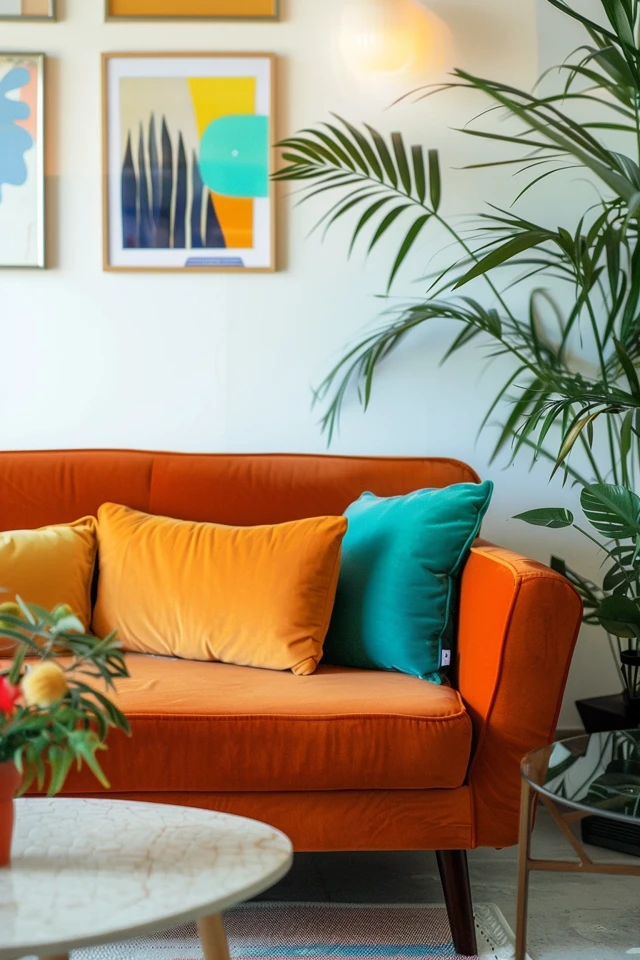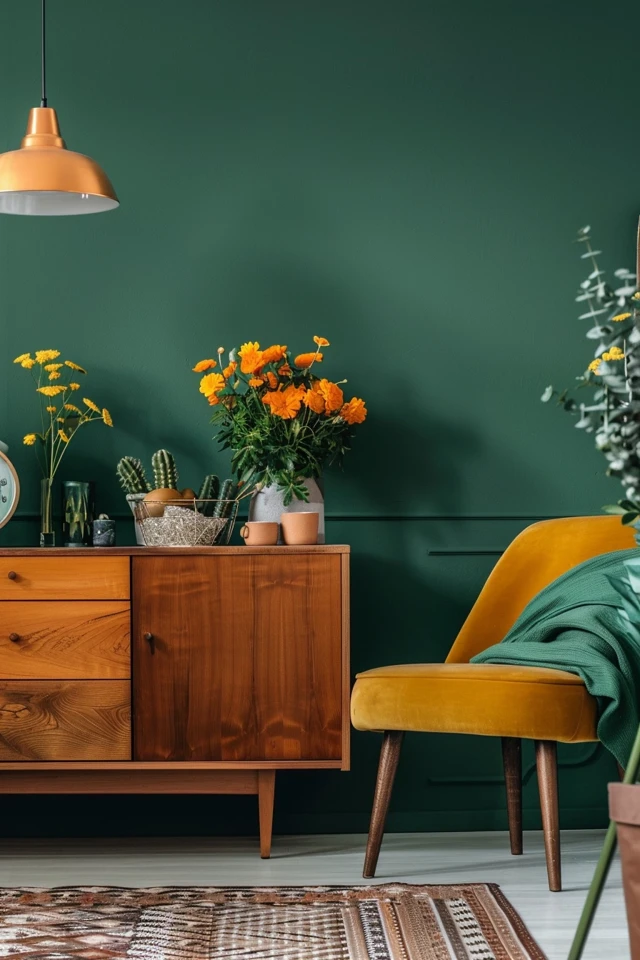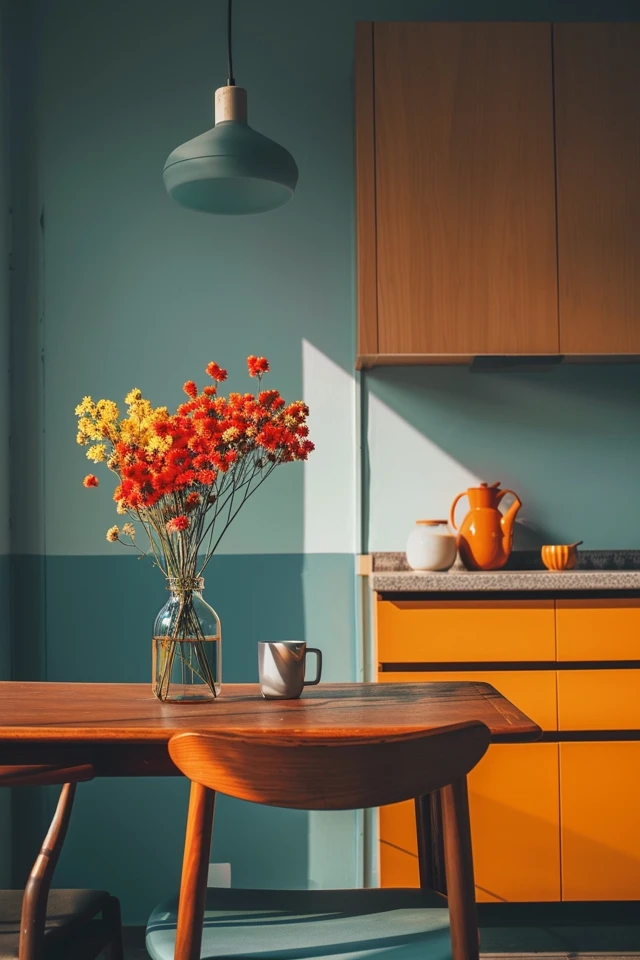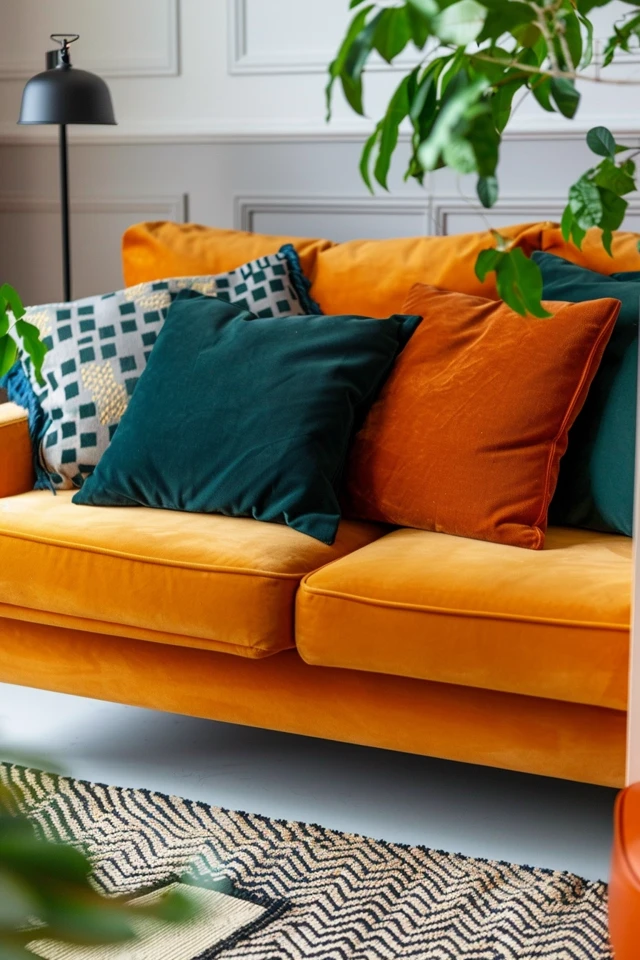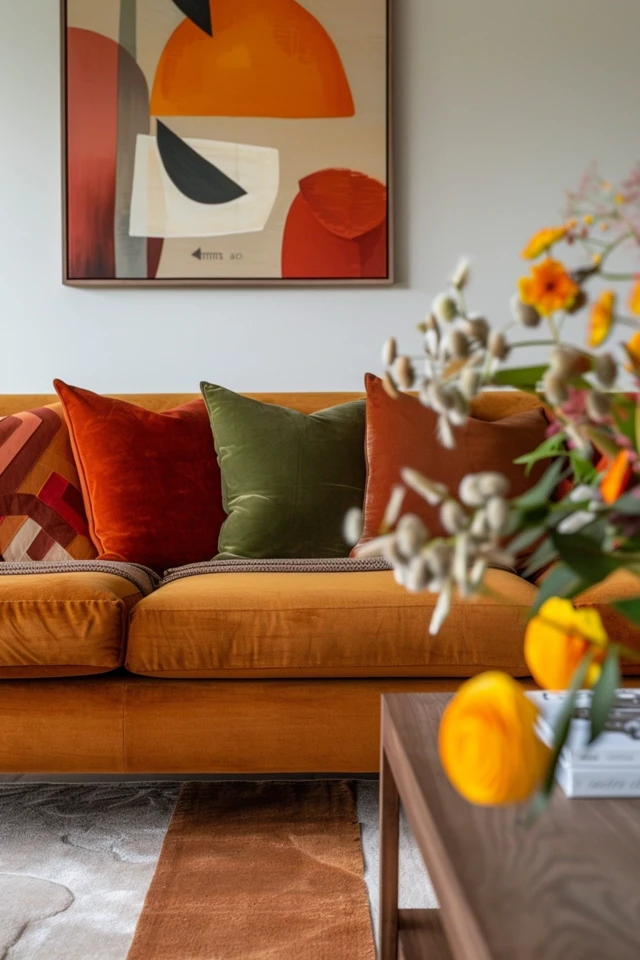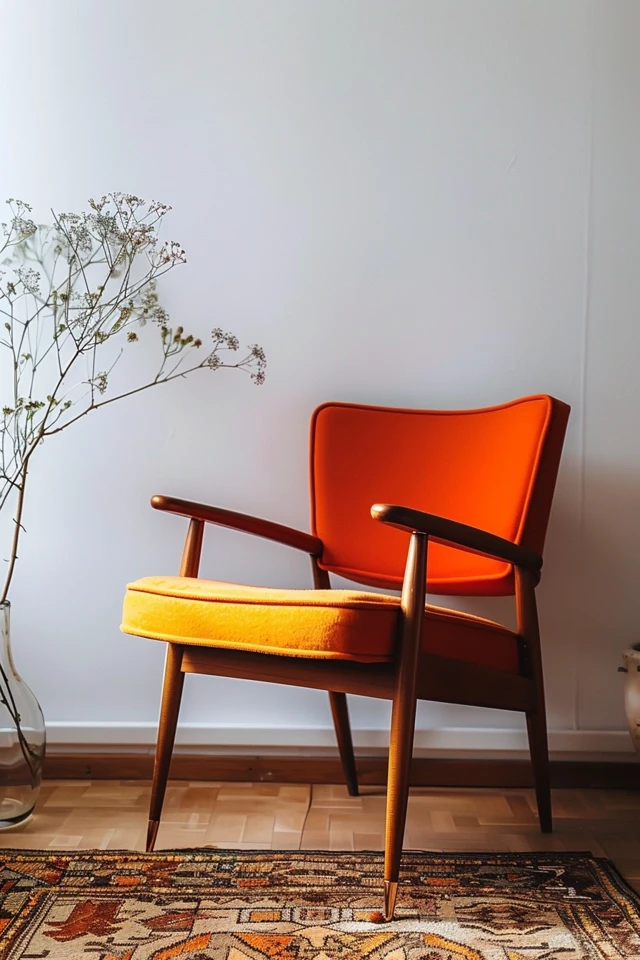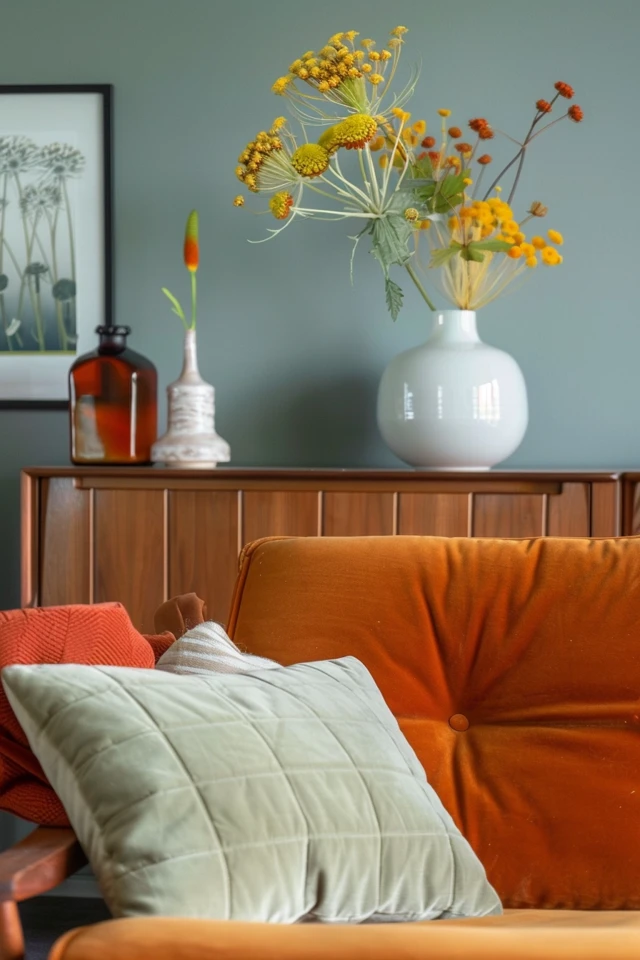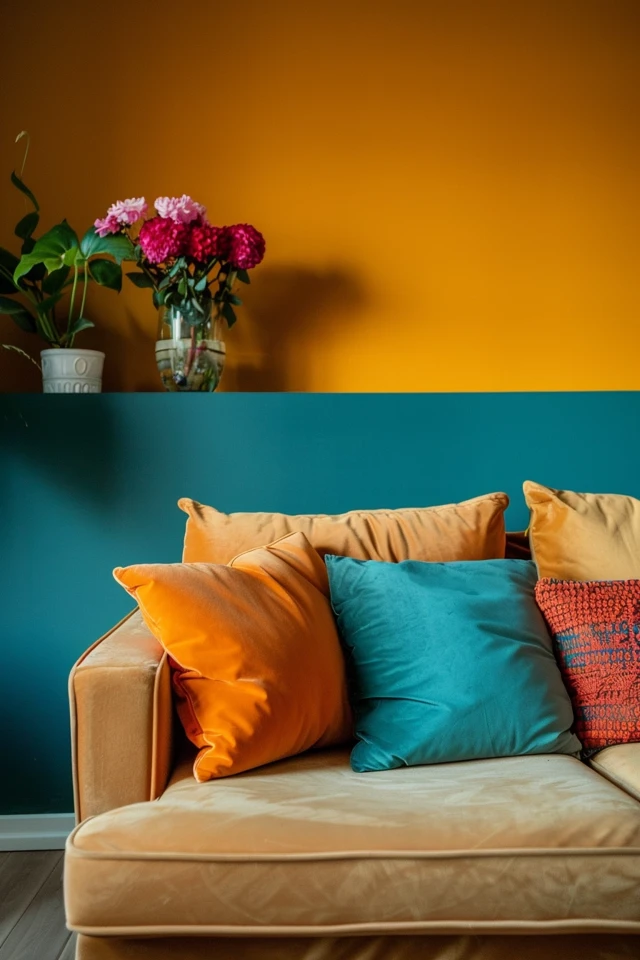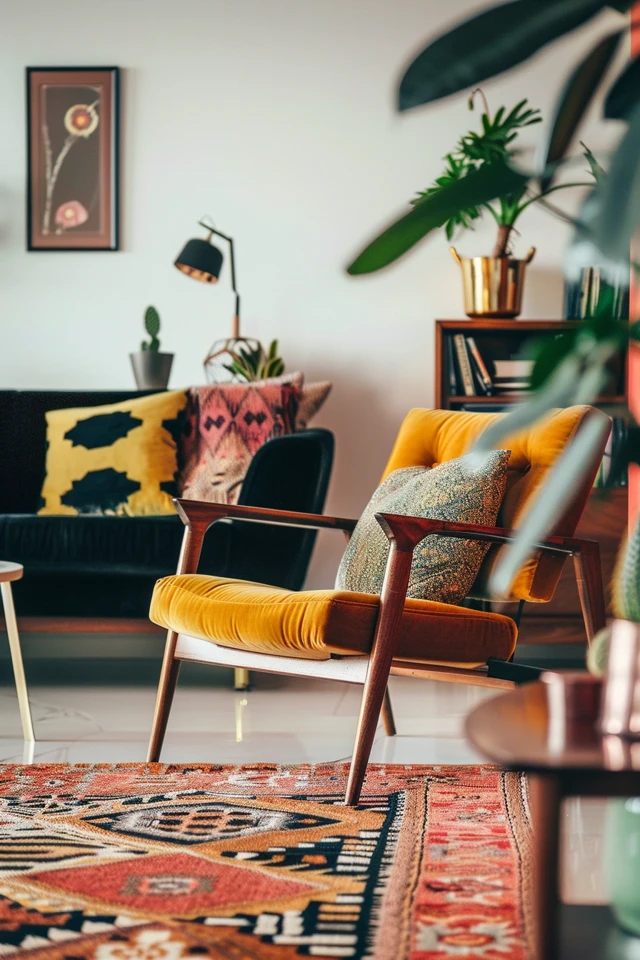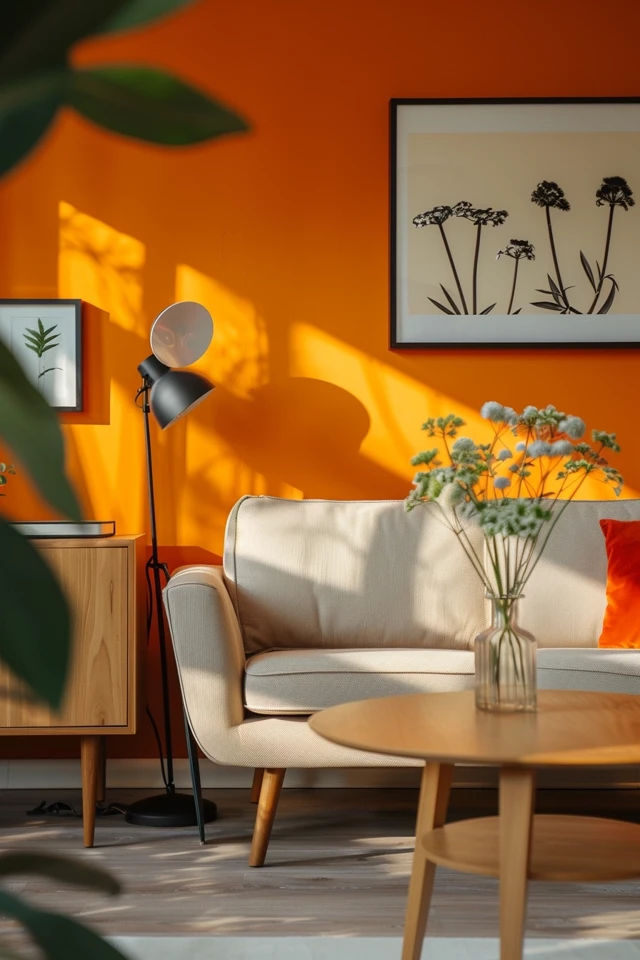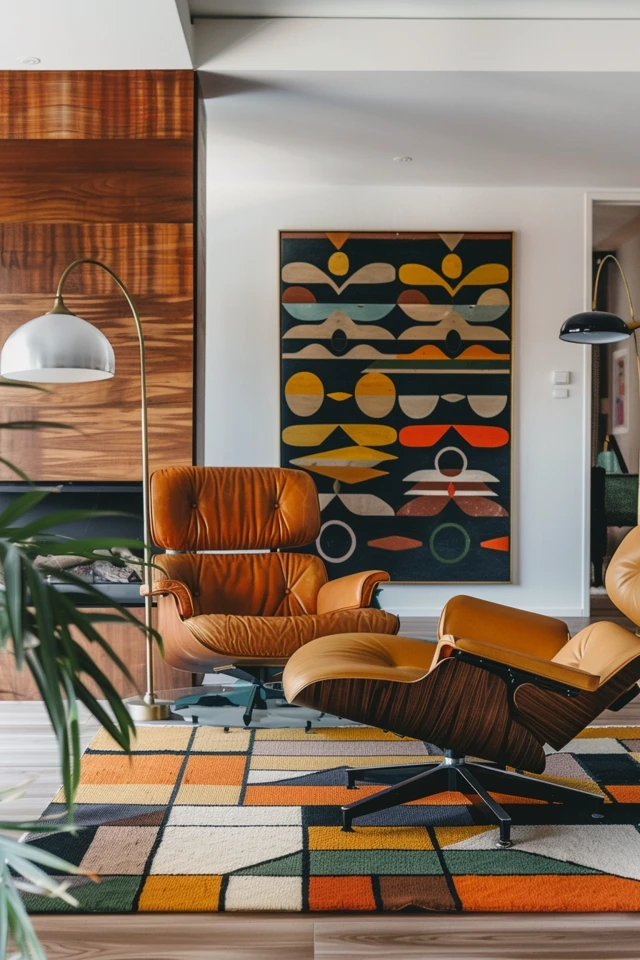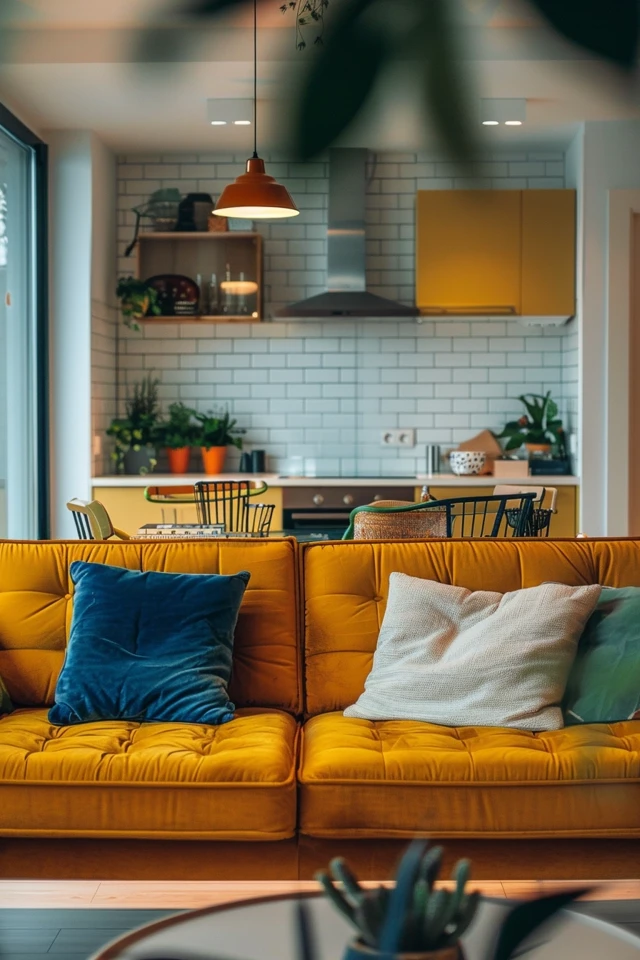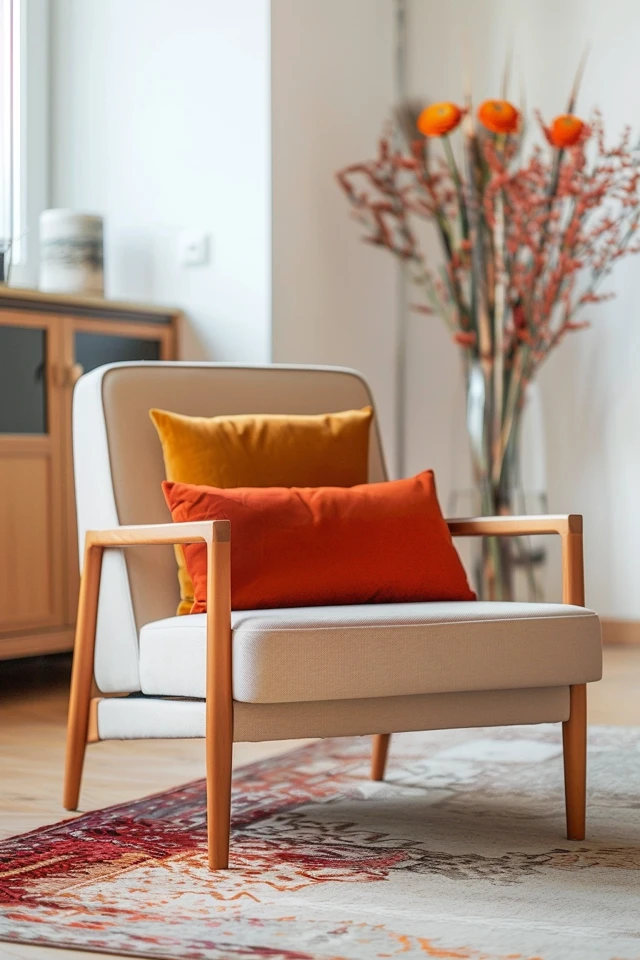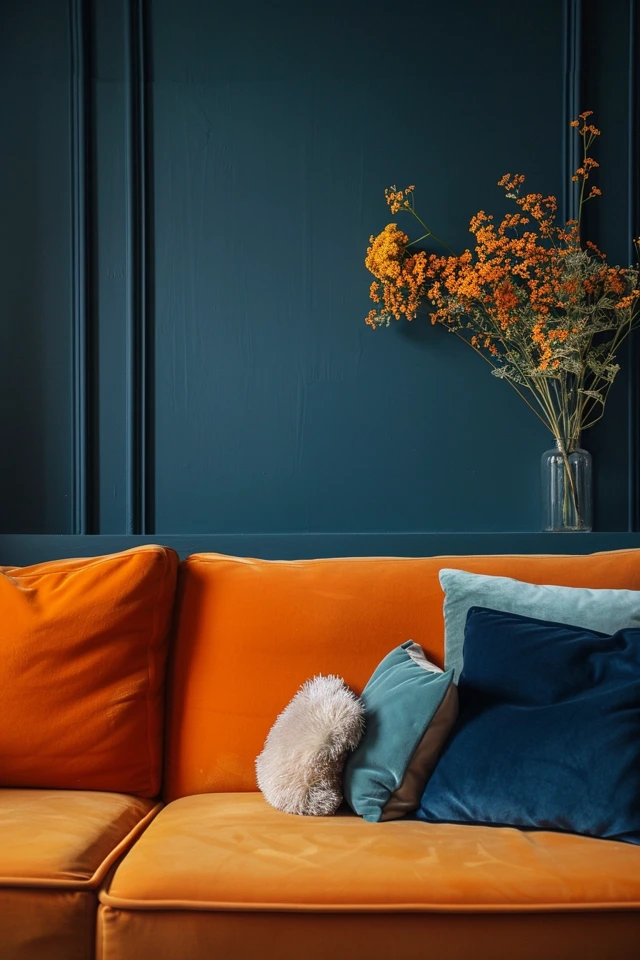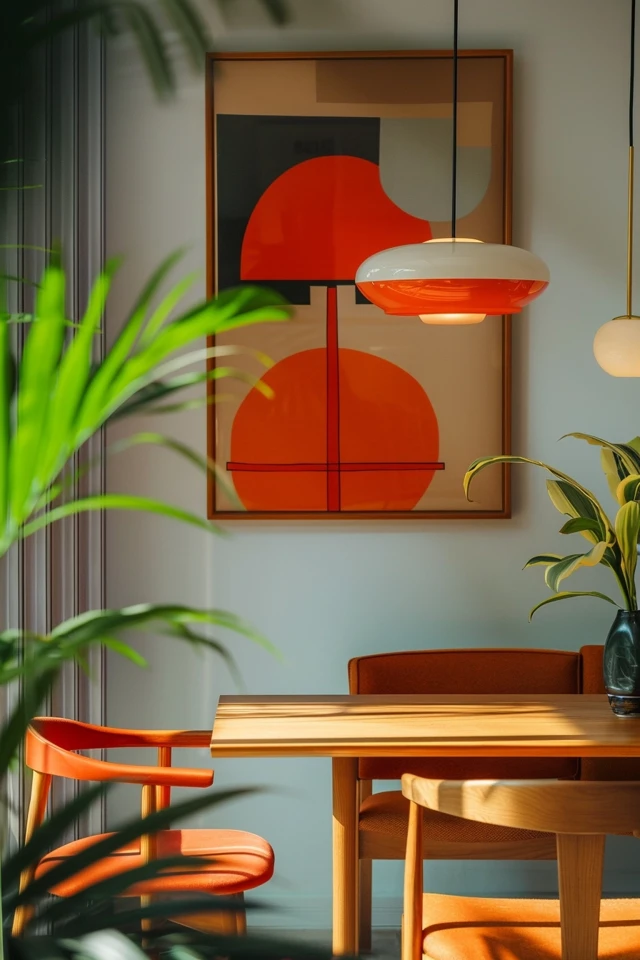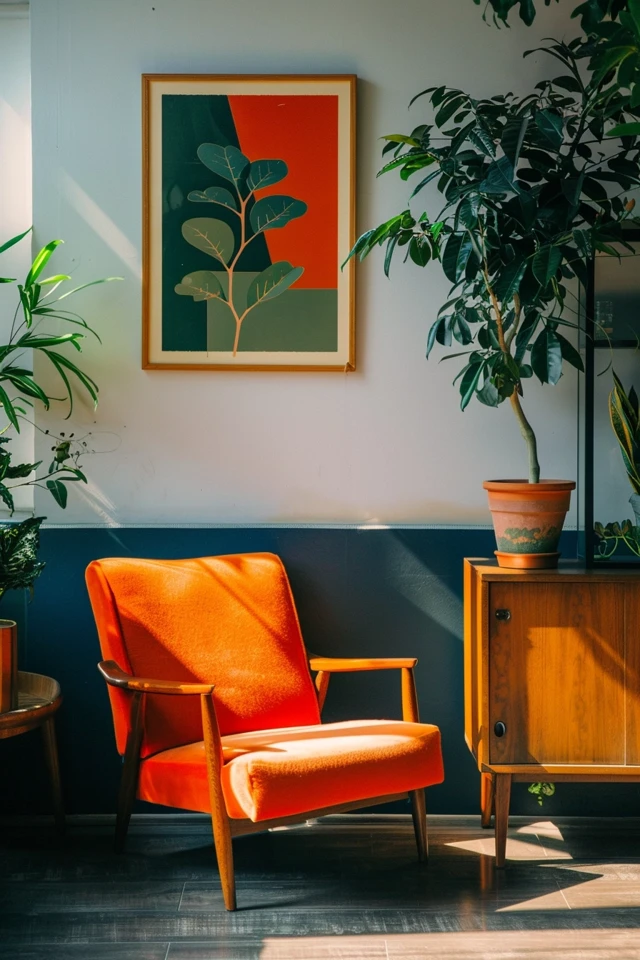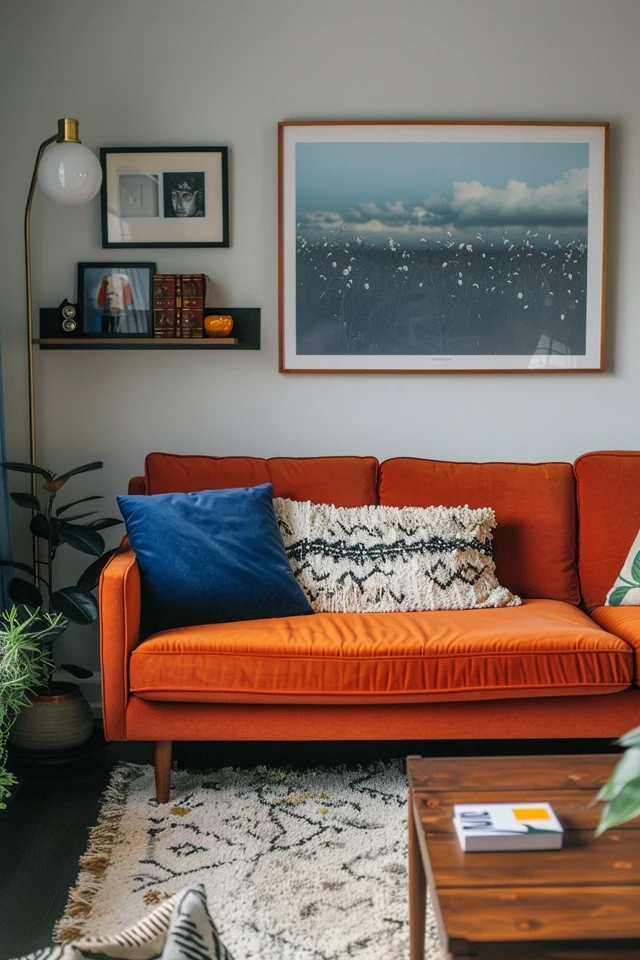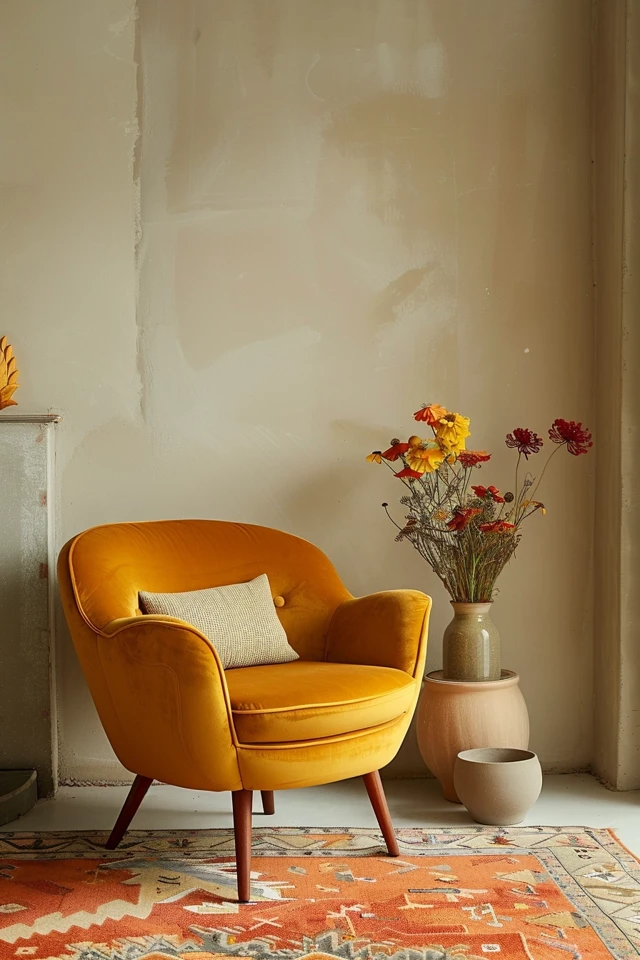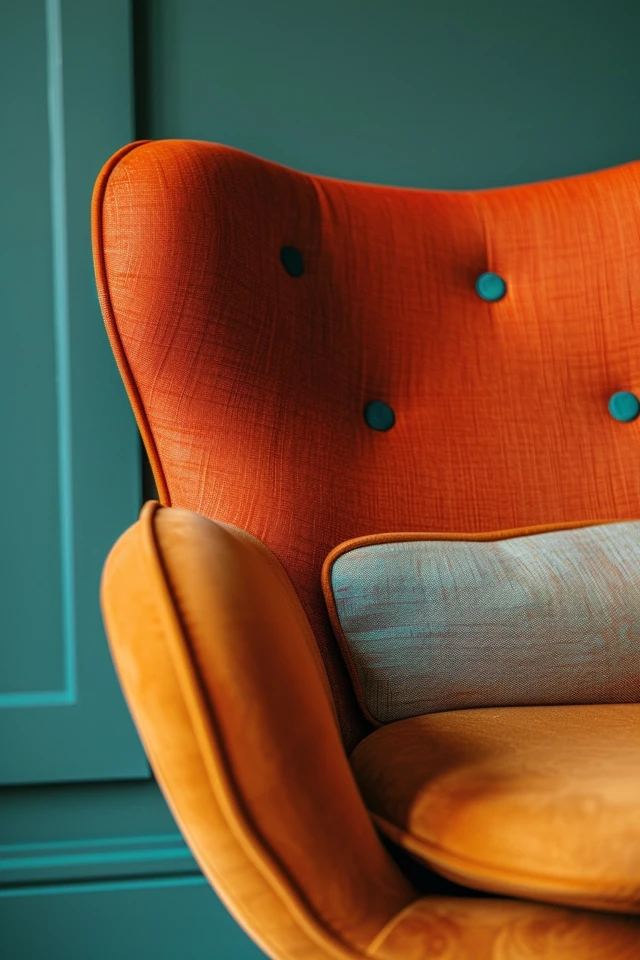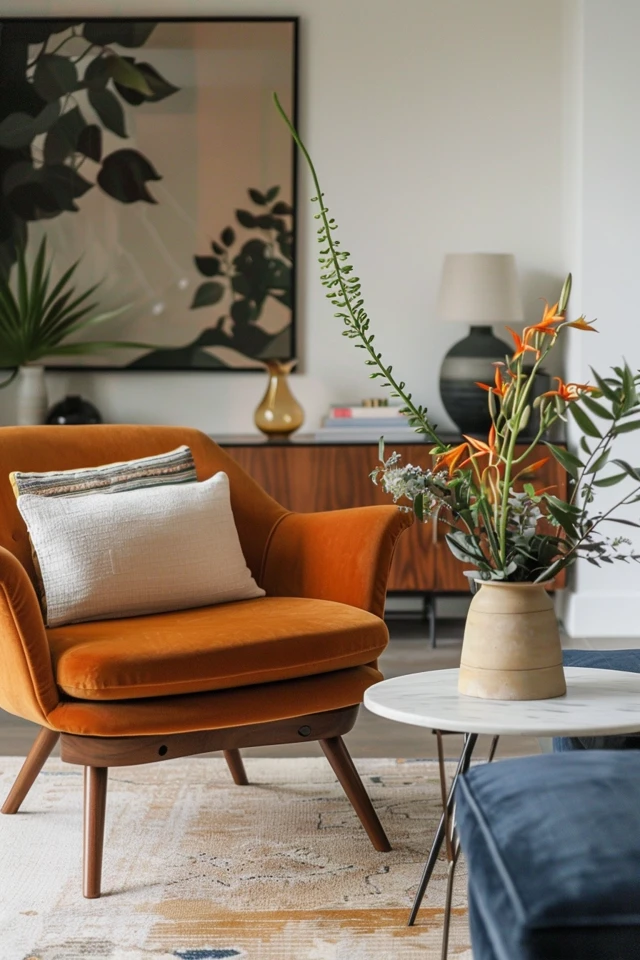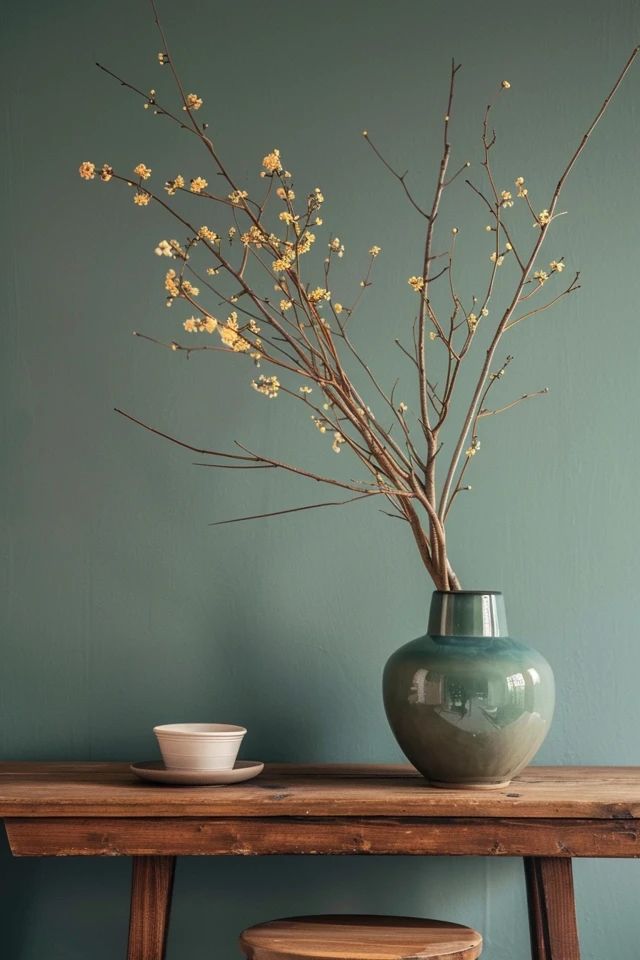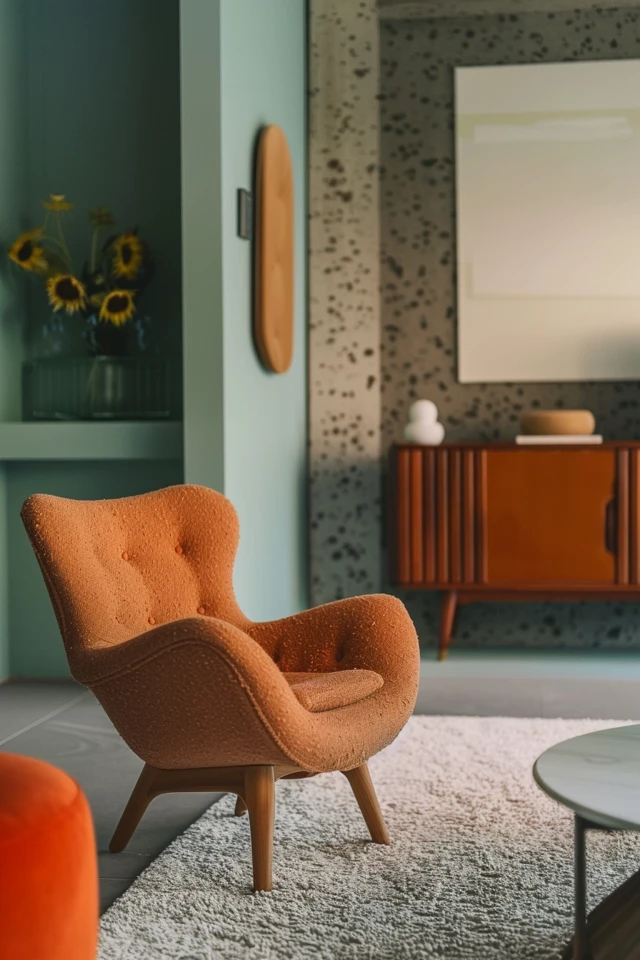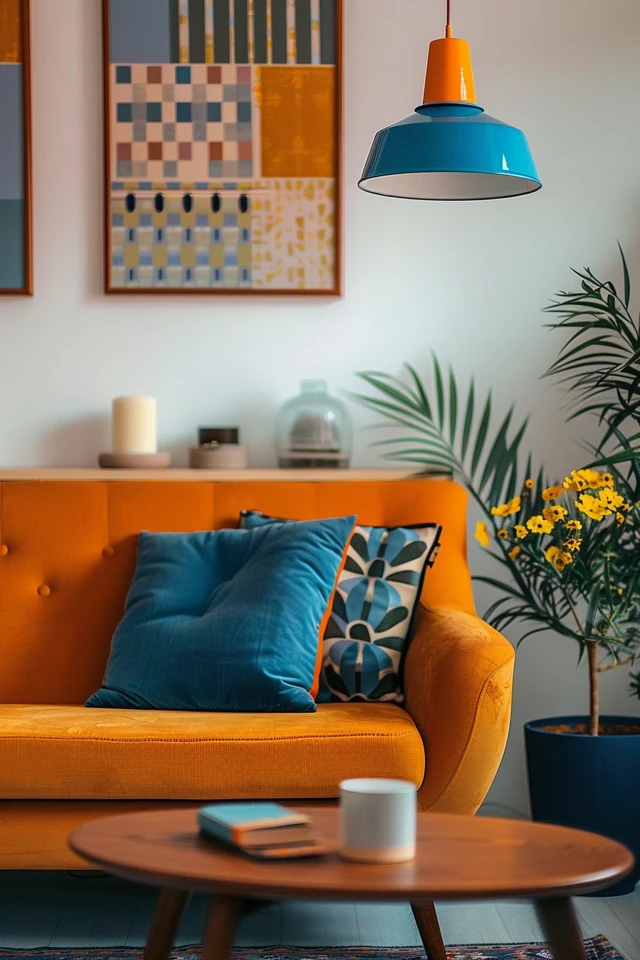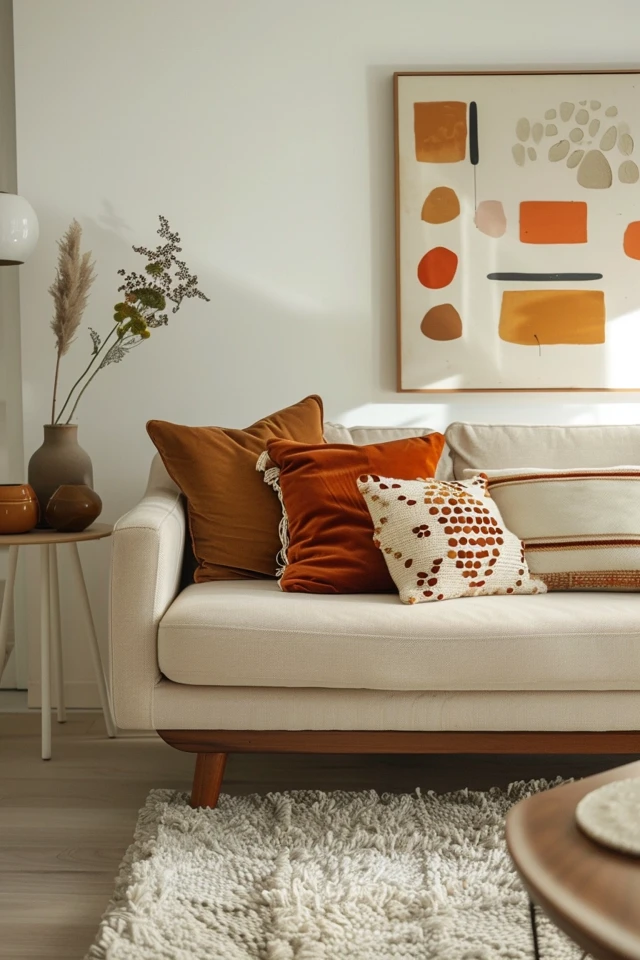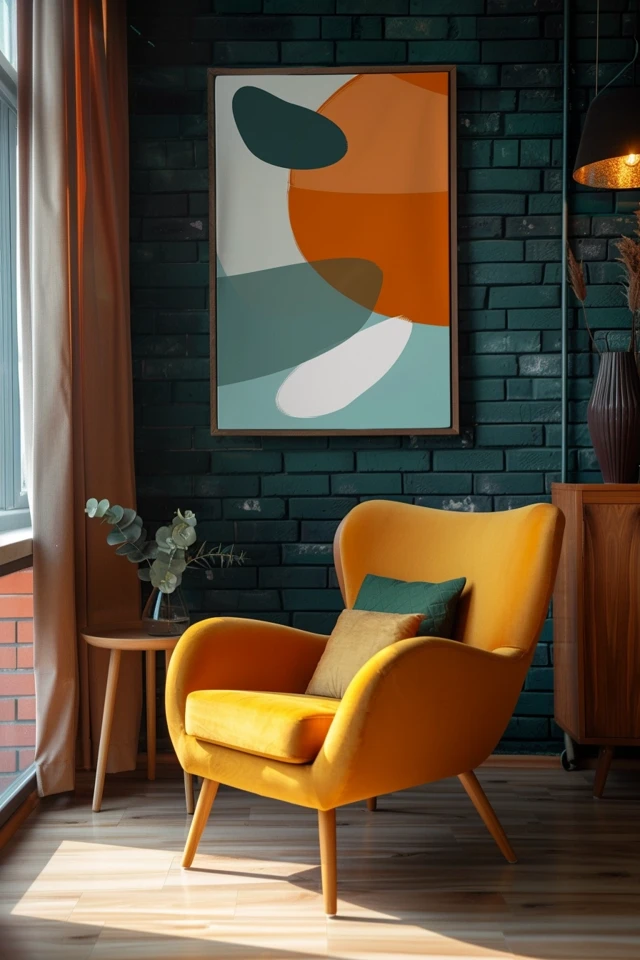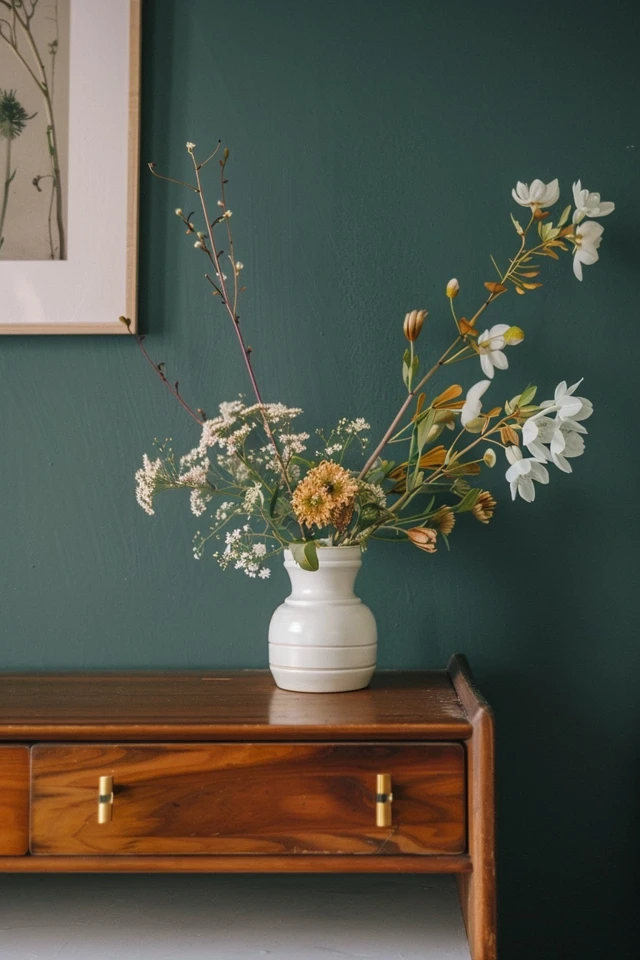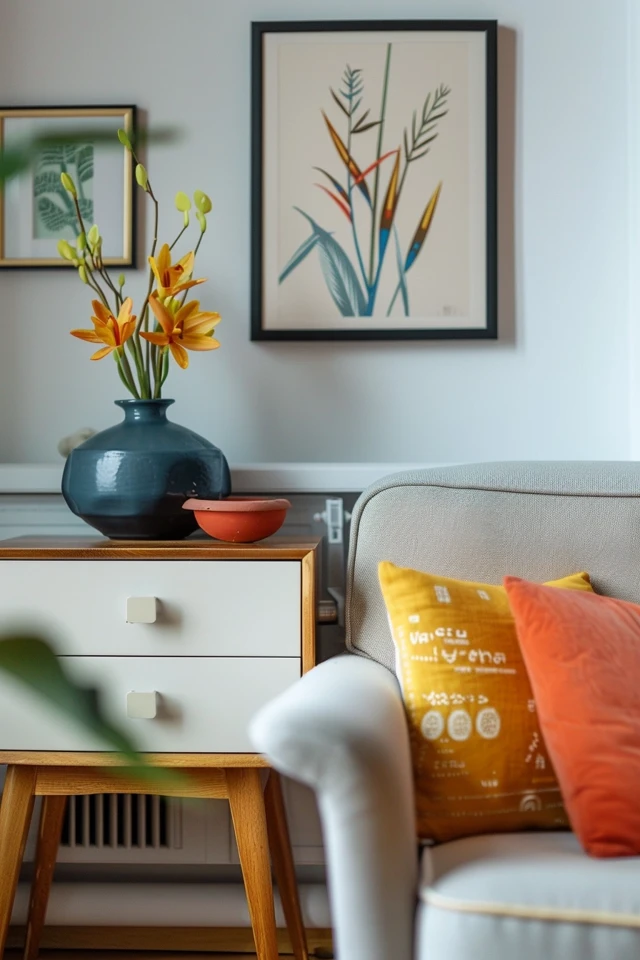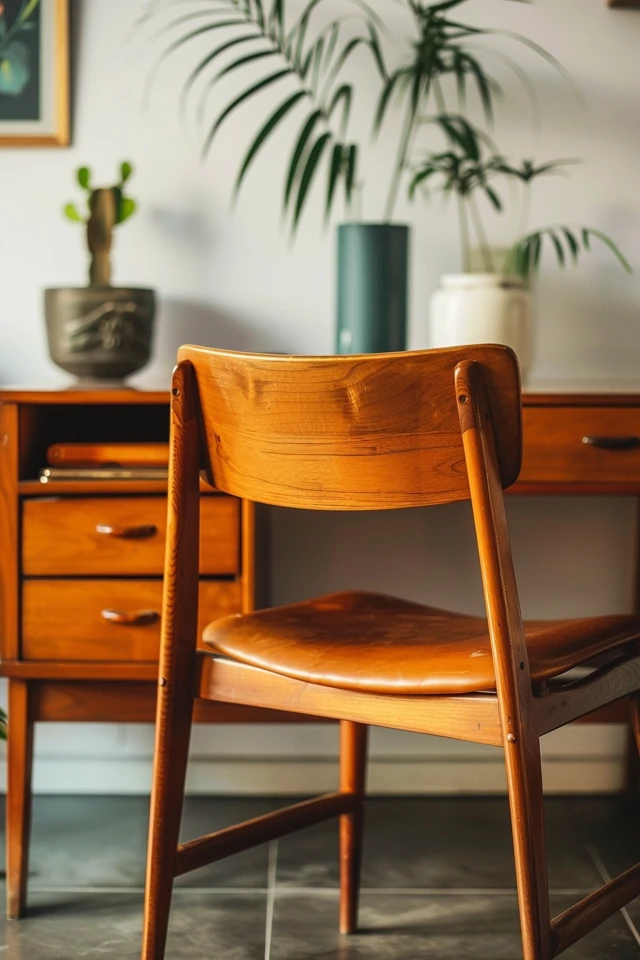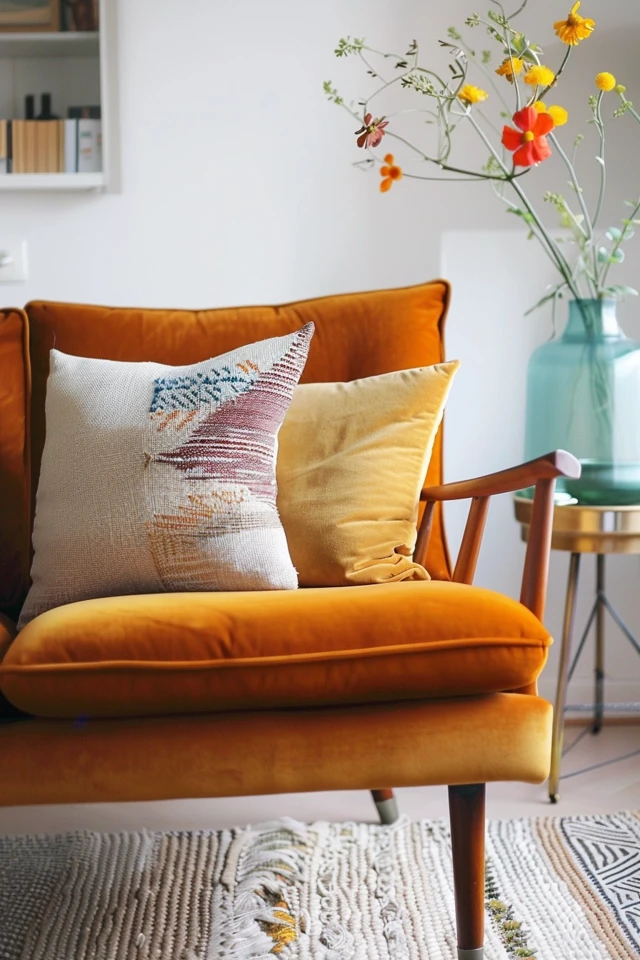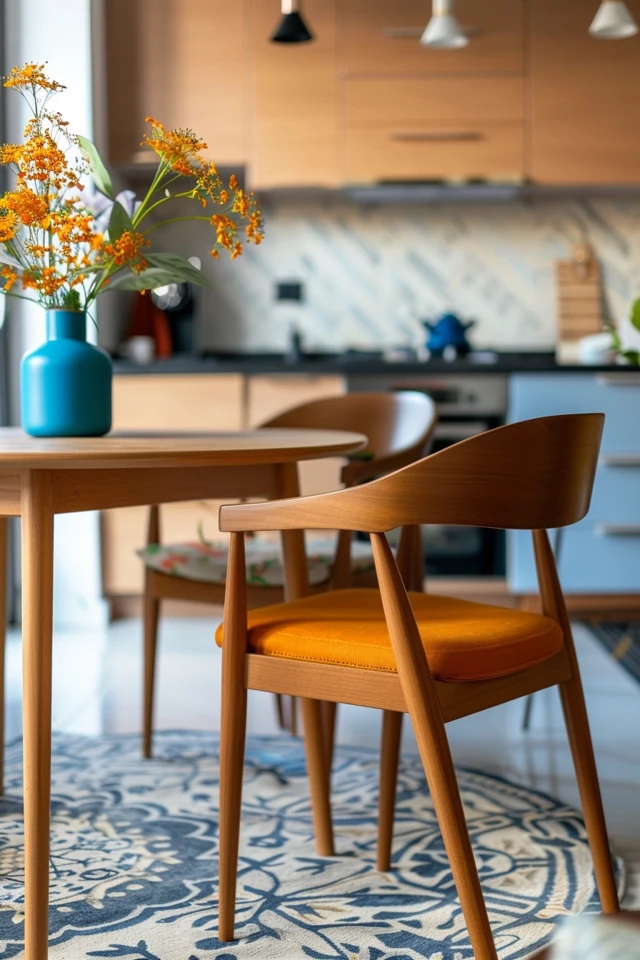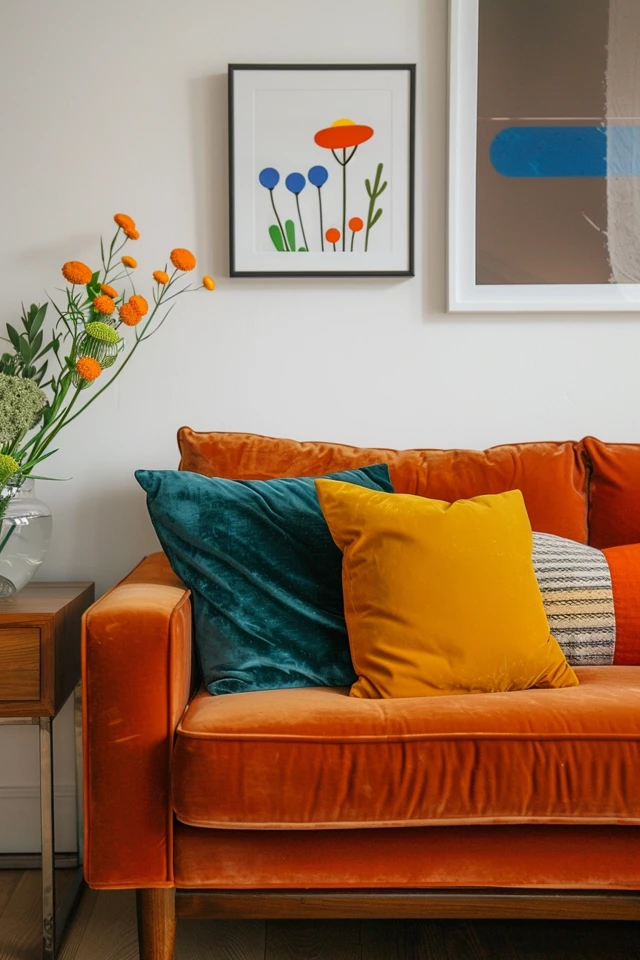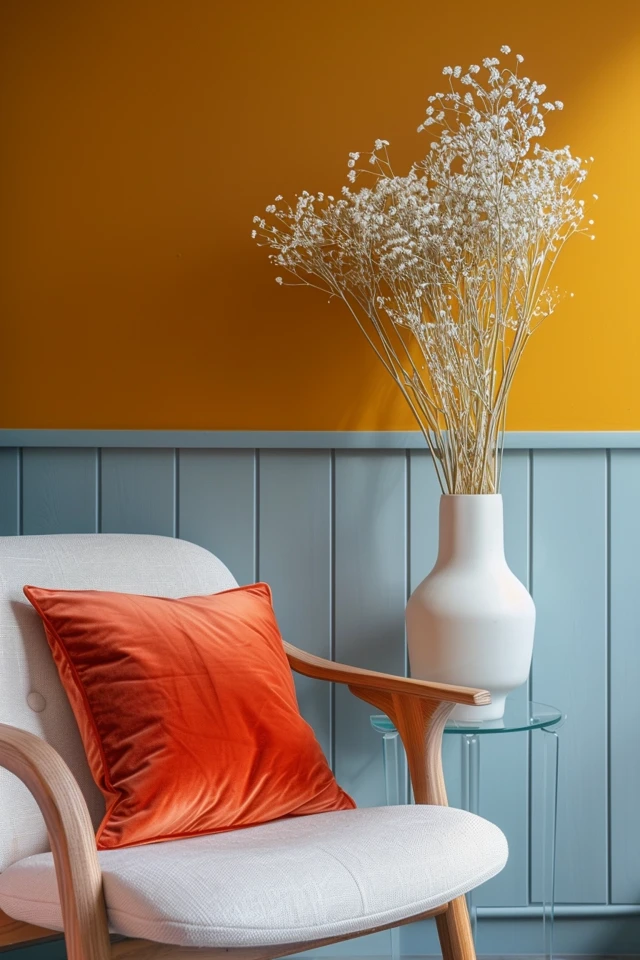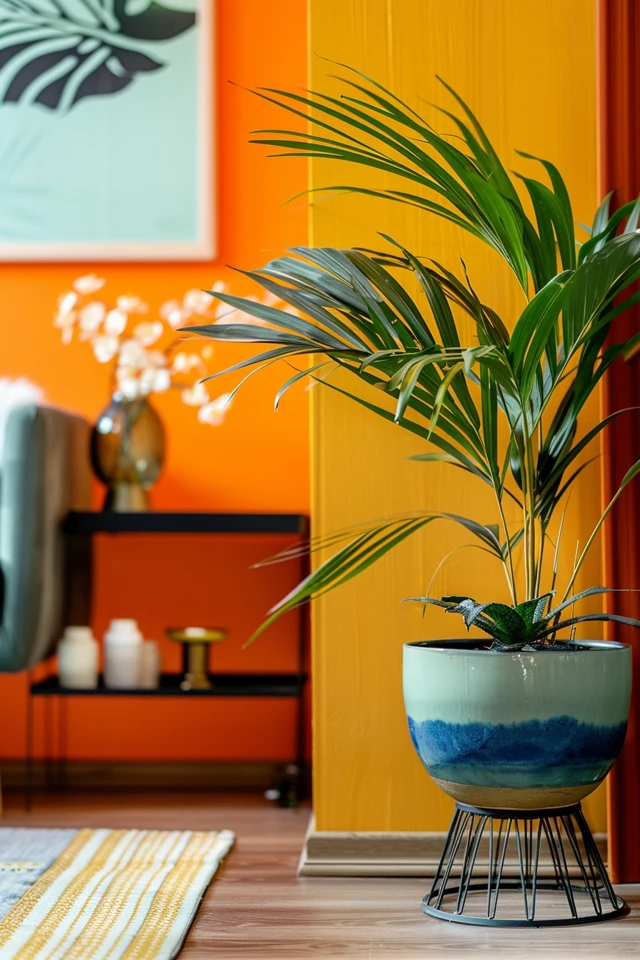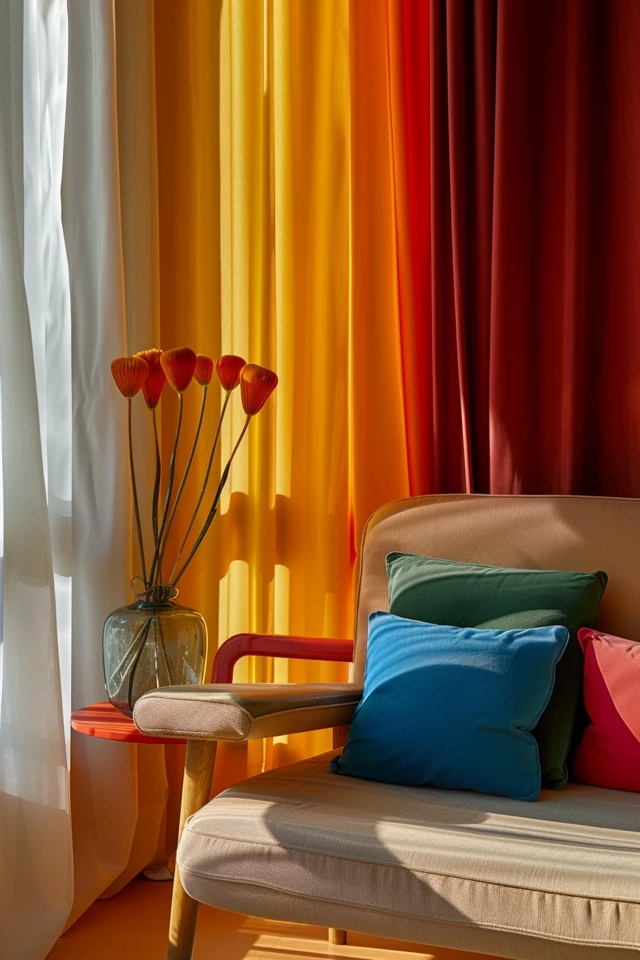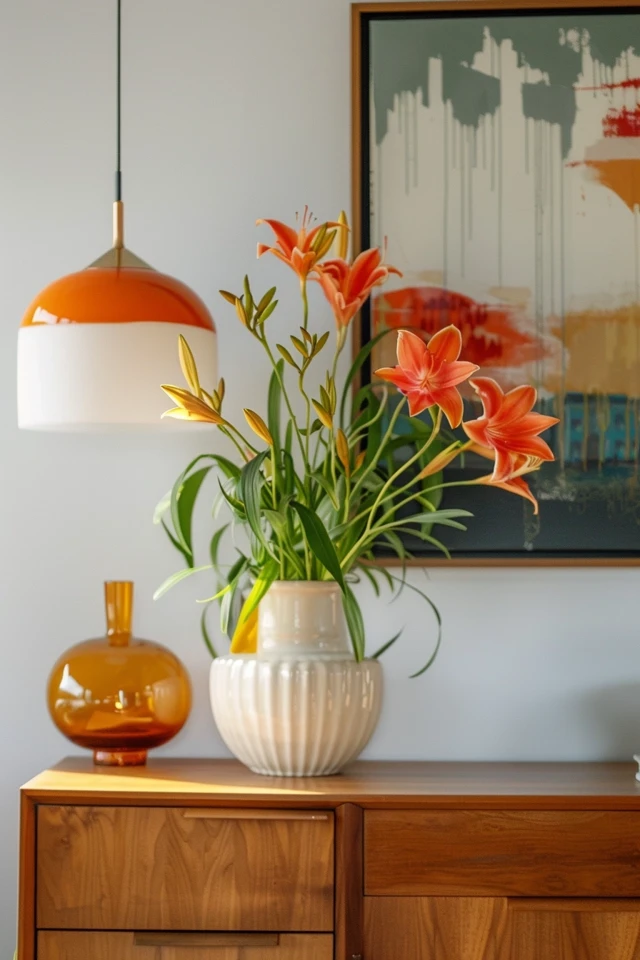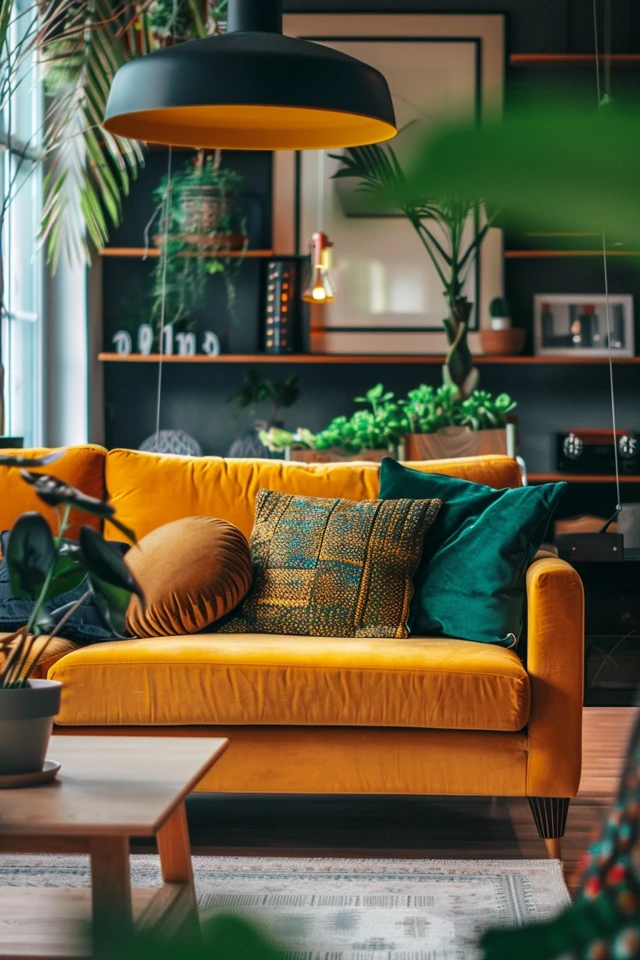Before Reading this Article, Hire Us As Your Designer or Take a Look at My Top 3 Amazon Picks!
If you are looking to blend Amazon's furniture finds with a personalized touch for your space, check out my portfolio, and hire us! You'll get 3 Idea boards, 2 Concept Boards, 2 Realistic Renderings, a Floor Plan, and a Shopping List! Everything's online, plus a 25% discount on your first online interior design project with my Havenly Promo code 4c7441bcfb. With over 2,000 designs since 2017 and top US brand partnerships, your project is in expert hands. US only. Ready to start?
Mid-Century Modern: Interiors, Furniture, Design D...
40% OffYousoontic 3 Pcs Mid Century Modern Table Decor At...
$13.59 (as of January 22, 2025 22:14 GMT -06:00 - More infoProduct prices and availability are accurate as of the date/time indicated and are subject to change. Any price and availability information displayed on [relevant Amazon Site(s), as applicable] at the time of purchase will apply to the purchase of this product.)Mid-century modern Dining room Decor - Cute Cat Wa...
$12.95 (as of January 22, 2025 09:10 GMT -06:00 - More infoProduct prices and availability are accurate as of the date/time indicated and are subject to change. Any price and availability information displayed on [relevant Amazon Site(s), as applicable] at the time of purchase will apply to the purchase of this product.)Mid-century modern design is celebrated for its timeless elegance, clean lines, and functional beauty. This iconic style, which emerged in the mid-20th century, remains popular today due to its versatility and enduring appeal. As an architect and interior designer with expertise in evidence-based design, I can help you understand the basics of mid-century modern design and how to incorporate it into every room in your home.
Mid-century modern design emphasizes simplicity, organic forms, and a seamless integration with nature. By embracing these principles, you can create spaces that are both stylish and functional. Whether you’re looking to update your living room, kitchen, bedroom, or home office, mid-century modern design offers a cohesive and aesthetically pleasing approach.
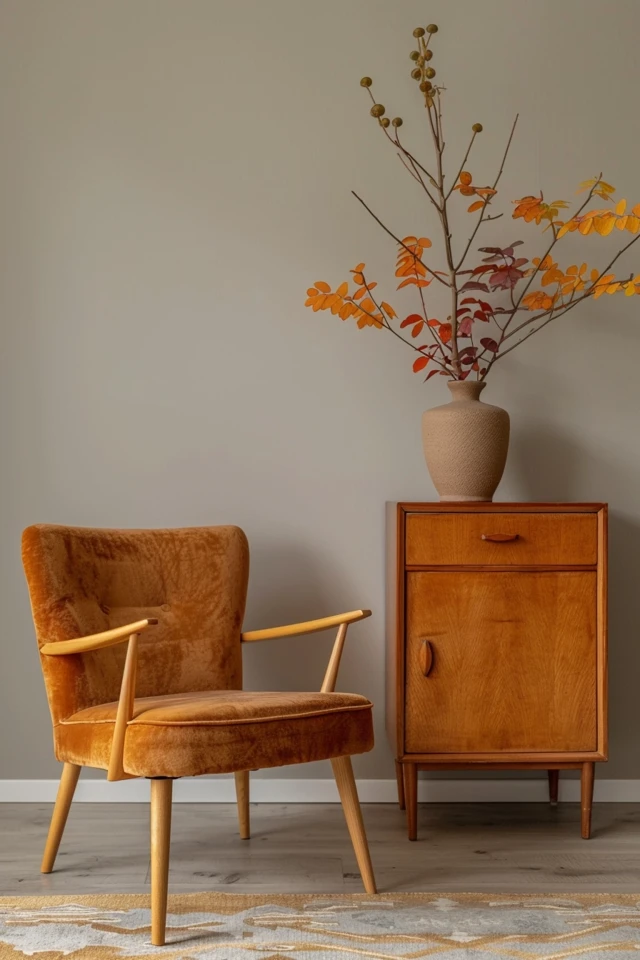
In this blog post, we will explore the fundamental elements of mid-century modern design and provide practical tips for incorporating this style into every room in your home. These guidelines are designed to inspire and help you create a harmonious and stylish living environment.
Key Takeaways
- Embrace clean lines and simplicity for a sleek and uncluttered look.
- Incorporate natural materials to add warmth and texture.
- Use a neutral color palette with bold accents for a balanced aesthetic.
- Choose functional and stylish furniture to enhance usability.
- Integrate organic shapes to add visual interest.
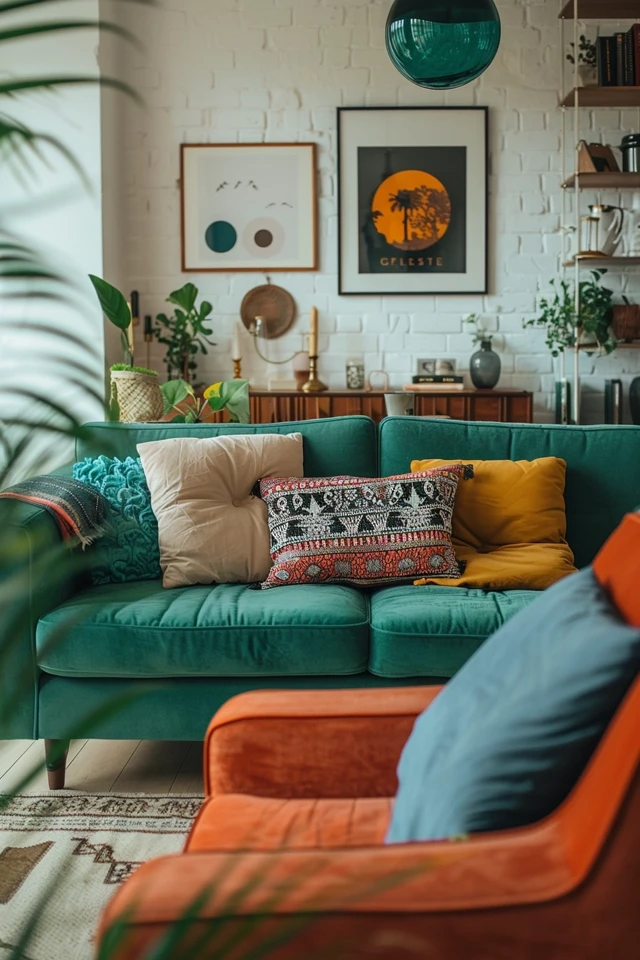
1. Embrace Clean Lines and Simplicity
One of the defining characteristics of mid-century modern design is its emphasis on clean lines and simplicity. This approach creates a sleek and uncluttered look that is both stylish and functional. To achieve this in your home, choose furniture and decor with straight, simple lines and minimal ornamentation.
Evidence-based design supports the use of clean lines to create a calming and orderly environment. Opt for pieces like a low-profile sofa, a streamlined coffee table, and a minimalist dining table. Avoid overly intricate patterns and excessive detailing to maintain the minimalist aesthetic.
In addition to furniture, consider the overall layout of your rooms. Keep spaces open and uncluttered by minimizing unnecessary items and focusing on functional, well-designed pieces. This approach not only enhances the visual appeal but also creates a more relaxing and restful environment.
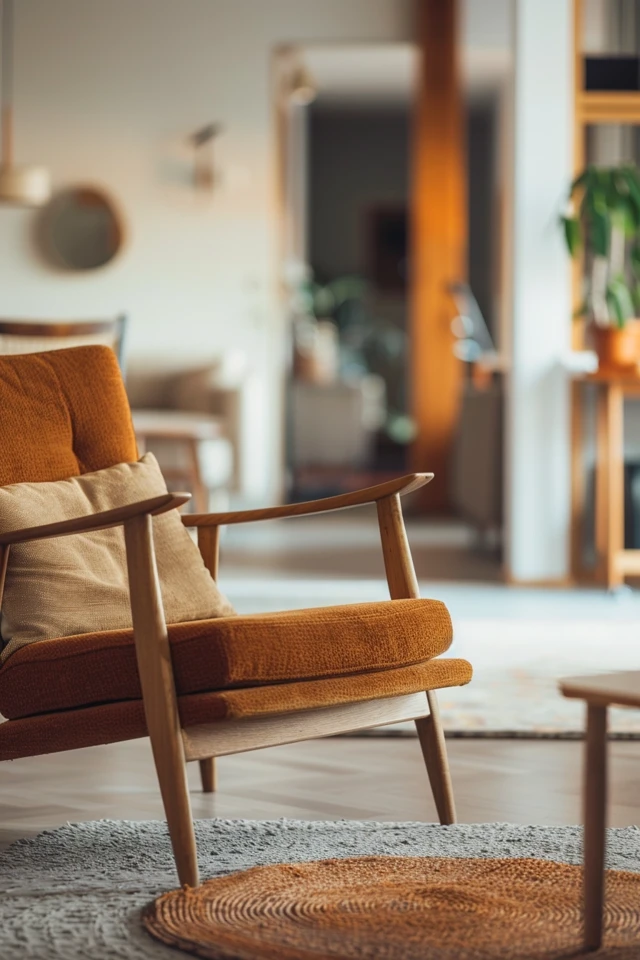
2. Incorporate Natural Materials
Natural materials are essential to mid-century modern design, adding warmth, texture, and an organic feel to your home. Wood, leather, and natural fibers are commonly used to create a cozy and inviting atmosphere.
Evidence-based design supports the use of natural materials to promote well-being and reduce stress. Choose wooden furniture with a rich, warm finish, such as walnut or teak, to add depth and character to your rooms. A leather armchair or a wool rug can also add texture and warmth.
In addition to furniture, consider using natural materials for decor items and textiles. Linen curtains, cotton throw blankets, and woven baskets can add a touch of rustic charm while maintaining the sleek aesthetic of mid-century modern design. These elements create a cohesive and harmonious look that enhances the overall comfort of your home.
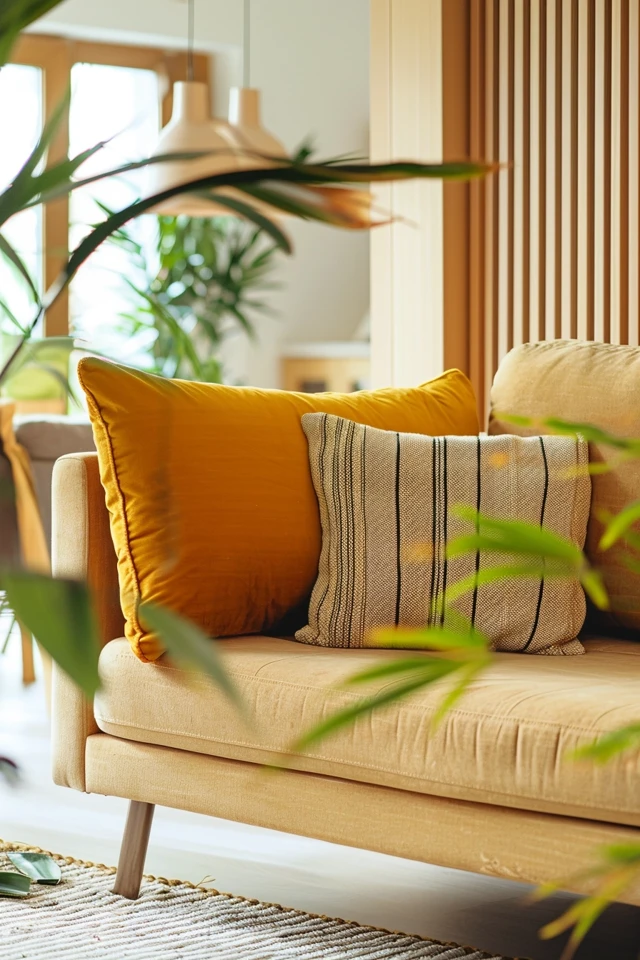
3. Use a Neutral Color Palette with Bold Accents
A neutral color palette is essential for creating a serene and timeless mid-century modern home. Shades of white, gray, beige, and brown provide a versatile foundation that can be easily updated with bold accents.
Evidence-based design emphasizes the calming effects of neutral colors on mood and well-being. When painting walls or selecting larger furniture pieces, opt for light, neutral hues that create an open and airy feel. This neutral base allows you to incorporate pops of color through accessories, artwork, and textiles.
To add depth and interest, consider using different shades and tones within your neutral palette. For example, pair a light beige wall with a dark brown bed frame or a gray rug. This layered approach creates a sophisticated and cohesive look that defines mid-century modern design.
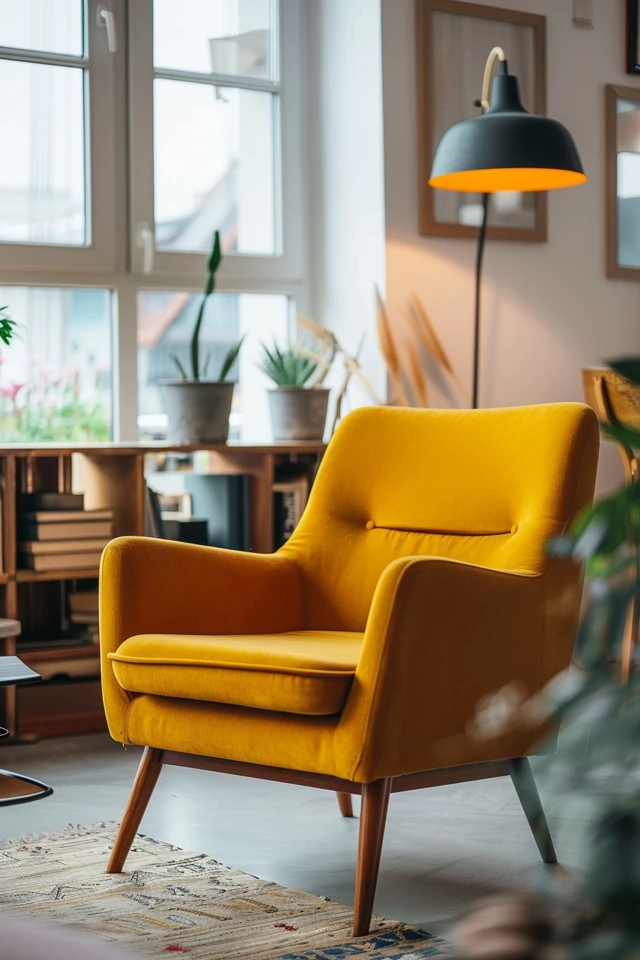
4. Choose Functional and Stylish Furniture
Functionality is a core principle of mid-century modern design, emphasizing the need for furniture that is both practical and stylish. Choosing pieces that serve multiple purposes or offer hidden storage can help you create a more organized and efficient home.
Evidence-based design supports the importance of functionality in creating a comfortable and usable space. Consider a bed with built-in drawers, a nightstand with shelving, or a dresser with ample storage. These functional pieces not only enhance the practicality of your rooms but also contribute to their overall aesthetic.
In addition to functionality, ensure that your furniture reflects the clean lines and simple forms of mid-century modern design. Opt for pieces with tapered legs, smooth surfaces, and minimal ornamentation. This cohesive approach creates a balanced and visually appealing environment that is both stylish and comfortable.
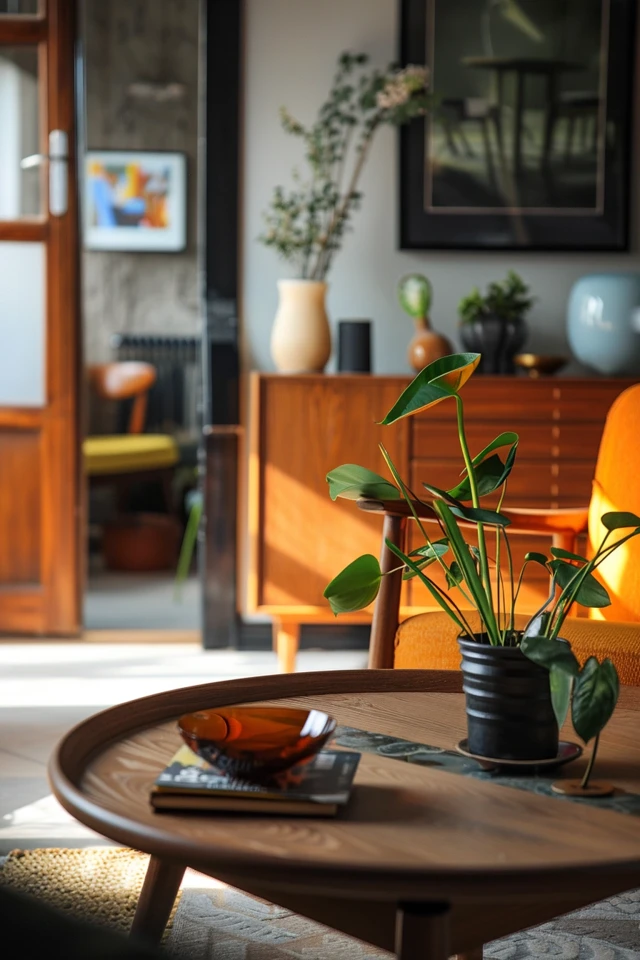
5. Integrate Organic Shapes
While mid-century modern design is known for its clean lines, it also embraces organic shapes that add visual interest and soften the overall look. Incorporating curves and natural forms can create a more inviting and dynamic space.
Evidence-based design highlights the importance of variety in shapes to create a balanced and engaging environment. Consider adding a rounded mirror, an egg chair, or a kidney-shaped coffee table to your rooms. These organic shapes contrast beautifully with the clean lines of mid-century modern furniture, creating a harmonious and visually appealing balance.
In addition to furniture, look for decor items like vases, lamps, and artwork that feature organic shapes. These elements can add a touch of softness and elegance to your home, making it feel more comfortable and welcoming.
Conclusion
Incorporating mid-century modern design into every room in your home involves embracing clean lines, incorporating natural materials, using a neutral color palette with bold accents, choosing functional and stylish furniture, and integrating organic shapes. By following these principles, you can create a harmonious and stylish living environment that reflects the timeless elegance of mid-century modern design.
As an architect and interior designer with expertise in evidence-based design, I encourage you to explore these ideas and make informed choices that elevate your home. A well-designed mid-century modern home can improve your quality of life, boost your mood, and provide a welcoming sanctuary for rest and relaxation.
Remember, the key to successful mid-century modern design is to create a balance between aesthetics and functionality. By following these tips, you can achieve a home that is not only visually stunning but also a joy to live in. Happy decorating!
Inspirational Pictures

